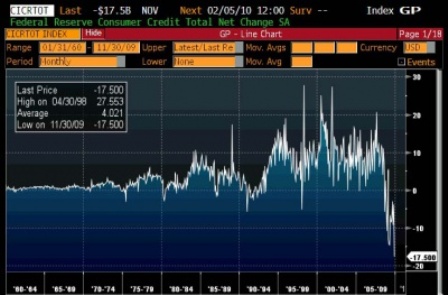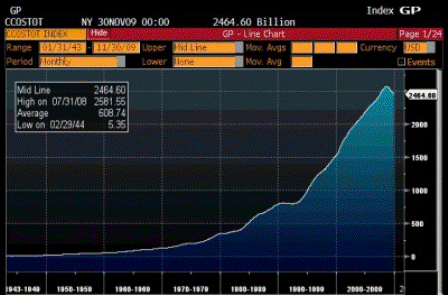Also, when net financial assets (savings) are being ‘supplied’ by deficit spending there it that much less need to borrow
for the same spending, and, in any case, the deficit spending can reduce what would have otherwise been borrowed to spend by that amount.
The amounts all depend on who gets the deficit spending. If the man in the moon wins the national lottery and gets $1T in deficit spending and just rolls it in t bills there is no further economic/financial effect on anything, to use the extreme example to make the point.
In general, the current deficit spending is functioning to allow more consumption out of income rather than out of savings/debt as income and net financial assets are added to the economy. The Fed’s financial burdens ratios are coming down, and financial equity is being restored.
Agonizingly and irresponsibly slowly.
It’s a disgrace to the economics profession that they haven’t figured out how to sustain demand when all it takes
are a few spread sheet entries by govt.
I could teach any third grader to do it in 15 minutes.
Yesterday we got a live Presidential announcement over $2.4 billion in new clean energy spending to create 2,000 jobs.
With over 15 million unemployed and an annual shortfall of aggregate demand that’s could be well over $1 trillion.
In November total credit dropped 8.5% annualized rate, and while auto-related nonrevolving loans dropped a mere -2.9%, revolving credit plunged 18.5% annualized. This is a full blown consumer borrowing revolt.
Here is the month over month change in total consumer credit:
A chart of total consumer credit: in November it was at $2.464 trillion, after a record 10 sequential months of decline.
[top]



